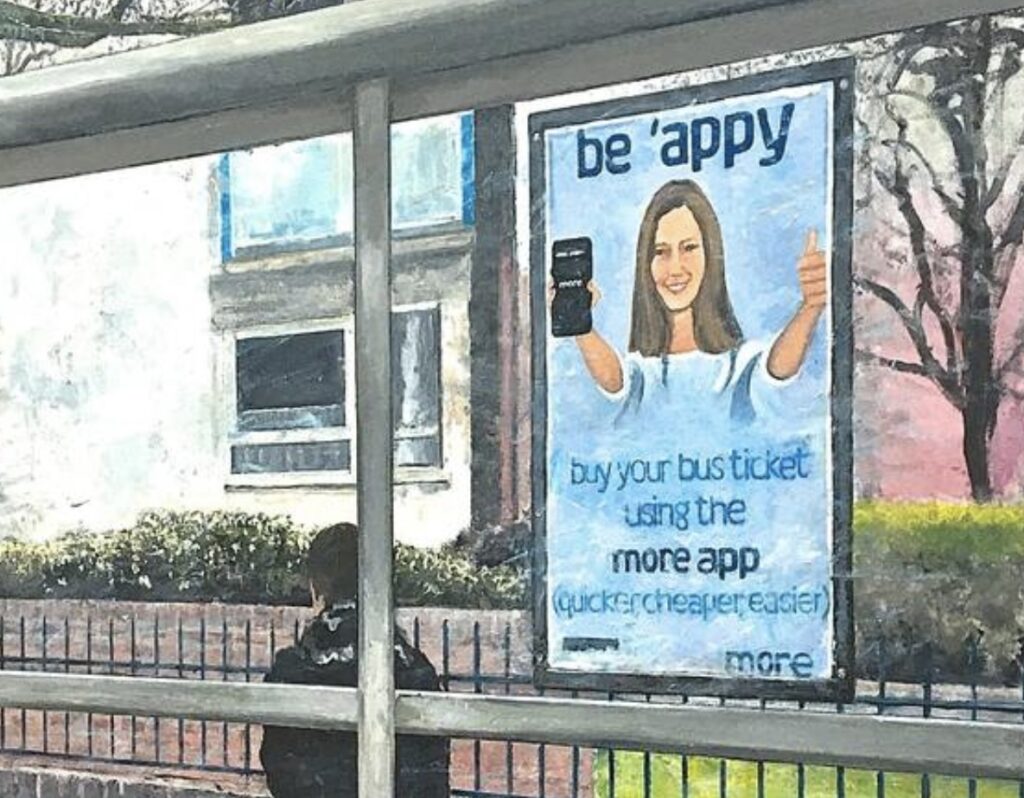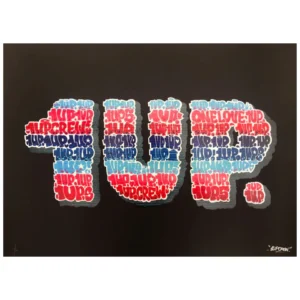Simon Hopkinson, widely regarded as a culinary maestro for his contributions to British food culture, has long been celebrated for his creativity in the kitchen. However, his artistry goes beyond gastronomy. In a surprising yet delightful turn, Hopkinson has made waves in the art world with his compelling piece titled Be ‘Appy. This work encapsulates his sharp wit, keen eye for detail, and ability to merge humor with poignancy, offering audiences a unique lens through which to view modern life.
Simon Hopkinson: Beyond the Kitchen
Before delving into Be ‘Appy, it’s essential to understand the man behind the art. Simon Hopkinson is a renowned chef, food writer, and television personality. His celebrated book Roast Chicken and Other Stories has been hailed as one of the most influential culinary texts of all time. Known for his simple yet elegant approach to food, Hopkinson’s philosophy centers on creating joy and comfort through thoughtful craftsmanship.
However, few know that Hopkinson has a longstanding interest in visual arts. Throughout his culinary career, he frequently sketched, painted, and photographed as a form of creative expression. These visual pursuits, though less publicized than his culinary work, reveal a layered, introspective side to his artistry.
The Concept Behind Be ‘Appy
Be ‘Appy stands as a witty commentary on modern society’s relationship with technology and nostalgia. The artwork juxtaposes vintage aesthetics with contemporary symbols, creating a piece that feels both timeless and highly relevant.
A Playful Wordplay
The title Be ‘Appy immediately grabs attention with its cheeky wordplay, referencing both the colloquial cheerfulness of “be happy” and the ubiquitous presence of apps in our digital lives. This duality sets the tone for the piece, inviting viewers to reflect on the interplay between simplicity and complexity, tradition and modernity.
Visual Elements
Hopkinson’s Be ‘Appy incorporates a collage-style composition that merges retro imagery with modern digital motifs. Vintage advertising posters, featuring smiling faces and cheerful slogans, form the backdrop of the piece. Overlaid are bold graphics of app icons, text notifications, and pixelated emojis, creating a visual clash between eras.
The contrast between these elements highlights the dissonance of contemporary life. While the vintage imagery evokes a sense of nostalgia and simplicity, the digital symbols represent the frenetic pace and overstimulation of the modern world. This layering technique creates a dialogue between the two realms, encouraging viewers to question how technology shapes our emotional well-being.
Themes Explored in Be ‘Appy
Be ‘Appy delves into several thought-provoking themes, making it a rich and multilayered work:
Nostalgia vs. Modernity
At its core, Be ‘Appy explores the tension between longing for the simplicity of the past and the conveniences of the present. The vintage visuals harken back to an era perceived as more carefree, while the overlay of app icons serves as a reminder of today’s hyper-connected world. This juxtaposition asks: has technology truly made us happier, or has it complicated our lives?
The Illusion of Happiness
The smiling faces in the vintage posters echo the polished, curated nature of social media profiles, where users project an idealized version of themselves. The piece critiques the performative aspect of happiness in the digital age, where “likes” and emojis often replace genuine emotional connection.
Consumerism and Identity
Hopkinson subtly critiques the consumerist culture perpetuated by both eras. The retro advertisements promote products as the key to happiness, while today’s apps promise instant gratification through convenience. The artwork underscores how external forces influence our pursuit of contentment.
Humor as Reflection
Despite its deeper themes, Be ‘Appy retains a playful, humorous tone. Hopkinson’s use of wordplay, emojis, and bold colors injects levity into the piece, making its commentary accessible while encouraging self-reflection.
Artistic Techniques and Mediums
Hopkinson employs a mixed-media approach in Be ‘Appy, blending traditional and digital art forms to emphasize the collision of past and present.
•Collage Technique: Vintage magazine clippings and advertisements form the base layer, giving the piece a tactile quality and evoking nostalgia.
•Digital Overlays: App icons, text bubbles, and emojis are digitally superimposed, creating a striking contrast against the analog visuals.
•Color Palette: The artwork uses vibrant, saturated colors reminiscent of mid-century advertising, punctuated by the neon hues of digital symbols. This interplay of palettes further highlights the clash of eras.
•Typography: Retro slogans like “Happiness is Homemade” are juxtaposed with contemporary phrases like “You’ve Got Notifications,” reinforcing the thematic tension.
The Connection Between Culinary and Visual Art
For Simon Hopkinson, the transition from food to visual art may seem surprising, but a closer look reveals the common threads between the two disciplines:
Attention to Detail
Both cooking and art require precision, balance, and an understanding of how individual elements contribute to the whole. Just as Hopkinson balances flavors in a dish, he carefully curates each component in Be ‘Appy to create a cohesive narrative.
Storytelling
Hopkinson’s culinary work has always been rooted in storytelling—sharing memories, traditions, and emotions through recipes. In Be ‘Appy, he employs visual storytelling to evoke similar sentiments, using imagery instead of ingredients.
Sensory Experience
While food engages the senses of taste and smell, visual art stimulates sight and thought. Hopkinson’s ability to craft sensory-rich experiences translates seamlessly across both mediums.
Cultural Commentary
Just as his recipes often draw inspiration from cultural and historical influences, Hopkinson’s artwork reflects on societal shifts, blending humor with insight.
Reception and Impression
Be ‘Appy has garnered significant attention since its debut, resonating with audiences across generations. Its nostalgic elements appeal to those who remember the charm of mid-century design, while its digital motifs strike a chord with younger viewers attuned to the pulse of modern technology.
Critics have praised the piece for its clever commentary and striking visuals. Art enthusiasts appreciate its layered composition and the dialogue it fosters about technology’s impact on mental health and happiness. Meanwhile, Hopkinson’s fans from the culinary world are delighted to see another facet of his creative genius.
Hopkinson’s Broader Artistic Vision
While Be ‘Appy is a standout piece, it’s just one example of Hopkinson’s growing body of work. His foray into visual art reflects a broader curiosity and willingness to explore new creative territories. By applying his unique perspective to art, Hopkinson continues to inspire, reminding audiences that creativity knows no boundaries.
Final Thoughts: Be ‘Appy as a Timeless Statement
Simon Hopkinson’s Be ‘Appy is more than just a visually striking piece—it’s a thought-provoking commentary on the complexities of modern life. By blending nostalgia with humor and insight, the artwork challenges viewers to reconsider their relationship with technology, happiness, and identity.
No comments yet.







